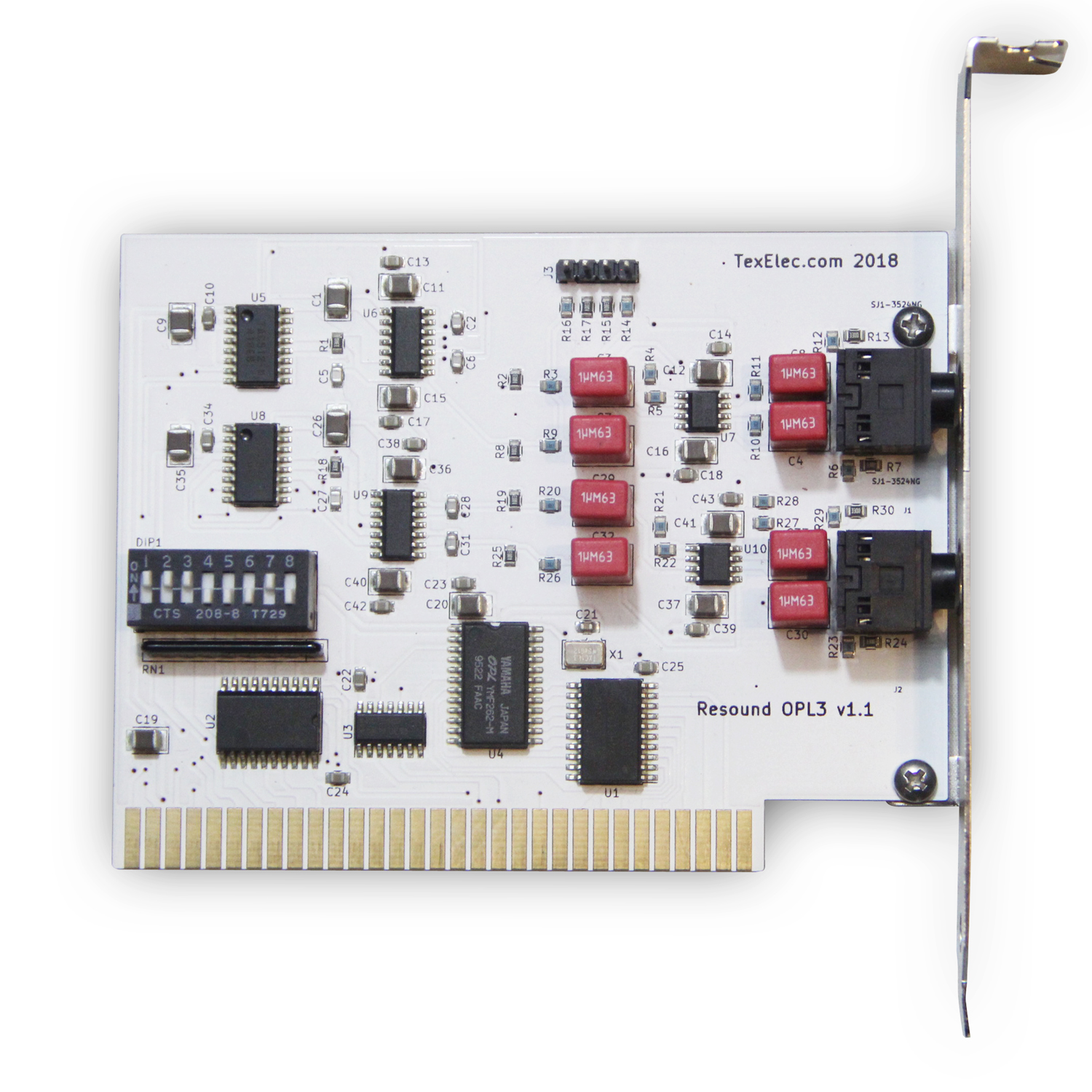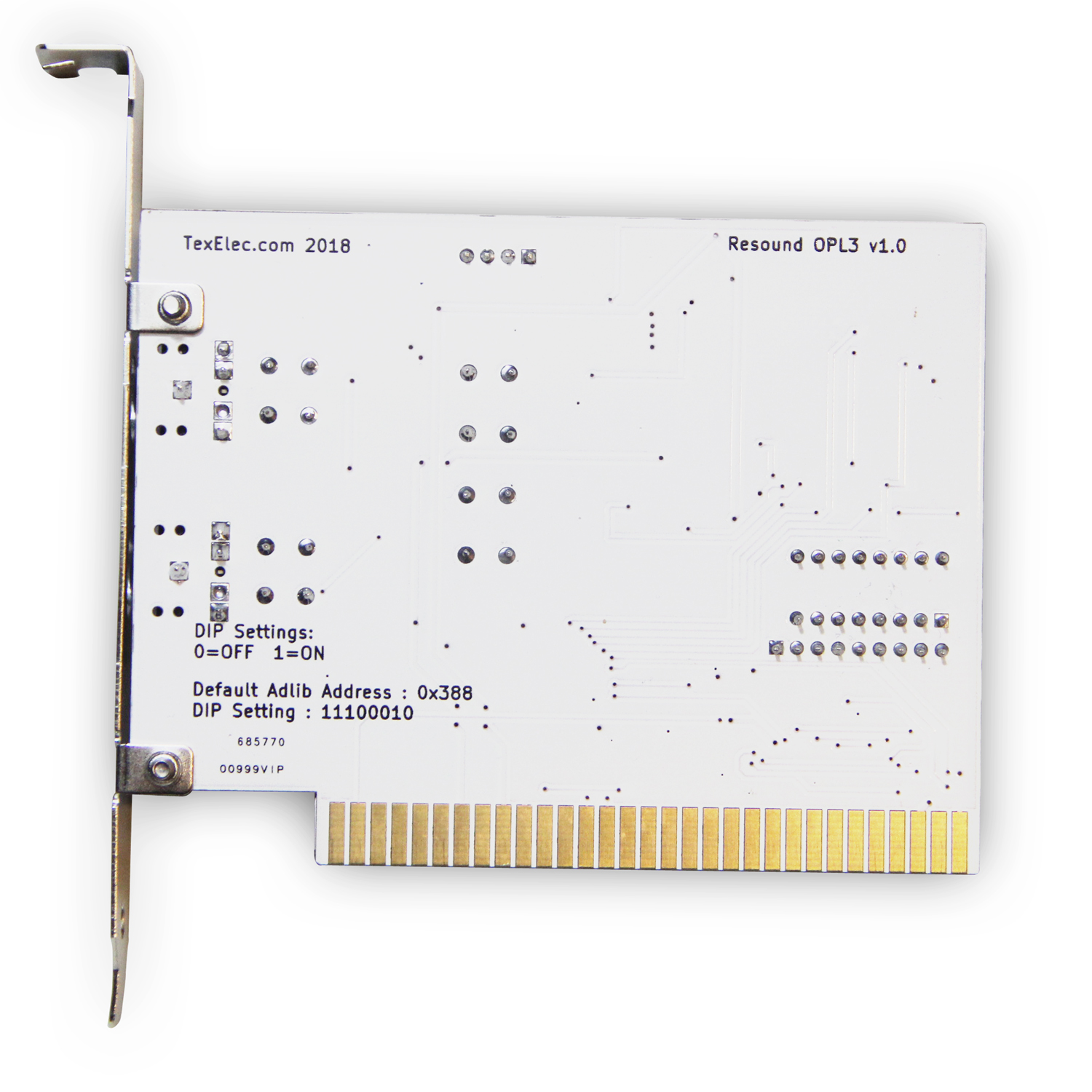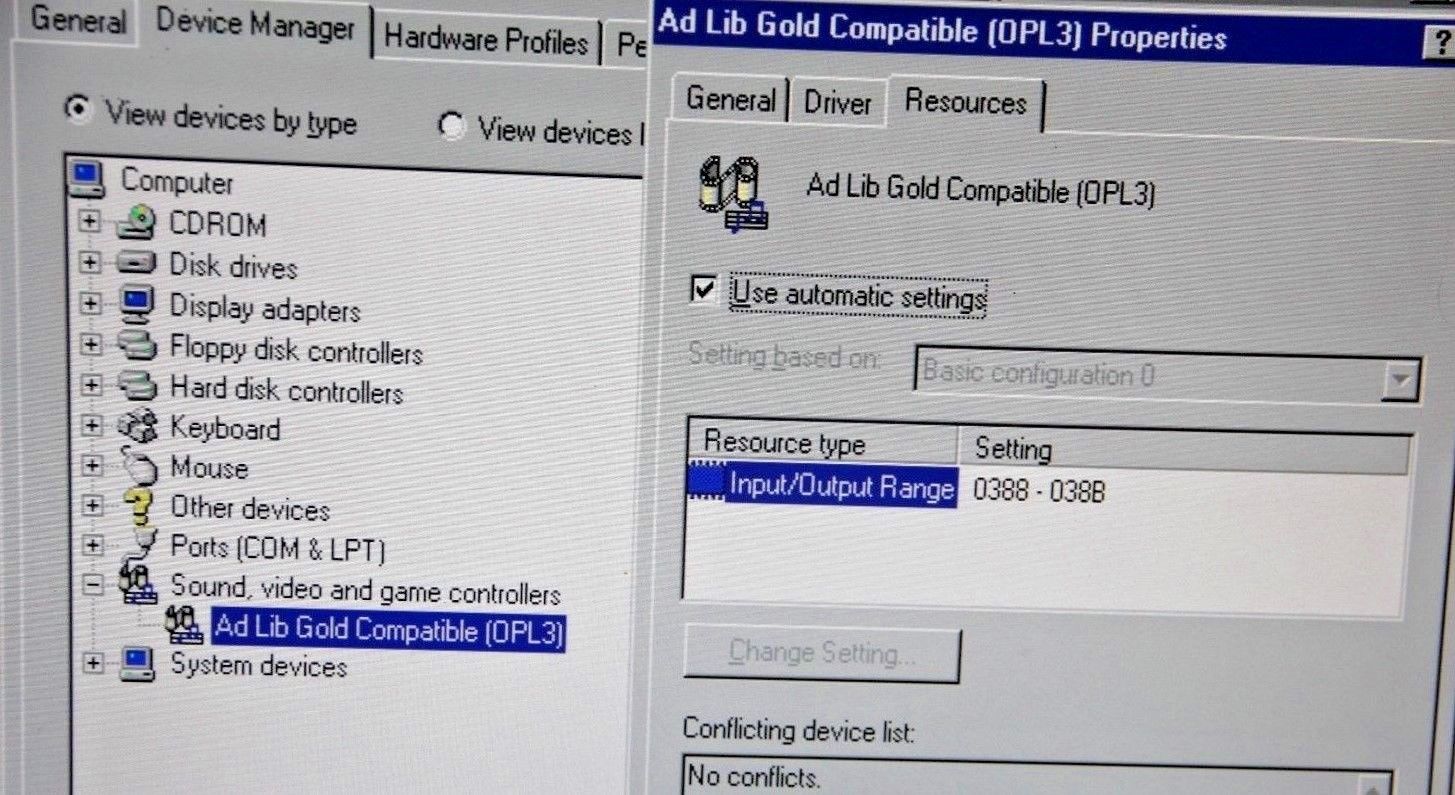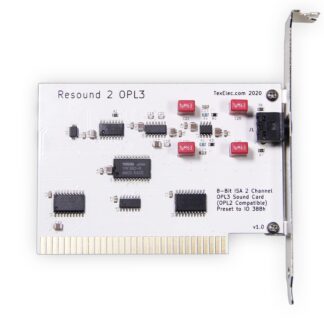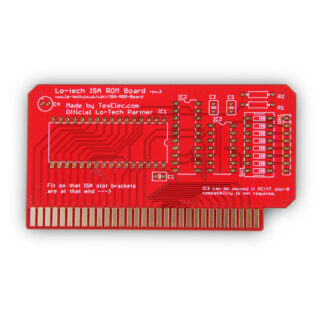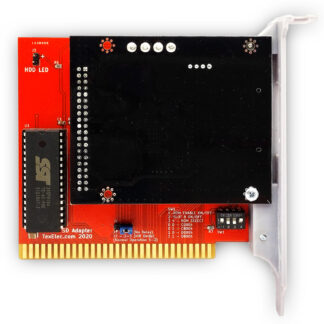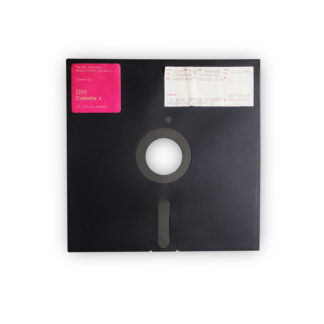Description
We’re proud to introduce our latest product, the Resound OPL3 Sound card!
This card is an 8-bit ISA card, and will work in any PC with an 8 or 16 bit ISA slot. We even tested it in our Packard Bell PB500 in non-turbo mode. Our machine has an NEC V20 CPU, in non-turbo mode, it will be running at roughly 6 Mhz. We were able to play Space Quest III with this configuration. In turbo, it’s more playable, but the sound plays back just as it should at either speed. The card has its own 14.31818 Mhz oscillator to ensure that no matter your machine’s bus speed, you will never have any fear of the pitch changing. Most sound cards use an oscillator supplied by the ISA bus. In 95% of machines out there, this will work fine. However, there are some machines which send a slower speed to the oscillator on the bus which will cause a lower pitch than expected to play.
About the Chipset and Drivers
This card uses the famous Yamaha OPL3 chipset, used by many popular sound cards in the late 1980’s and early 1990’s. No emulation, it uses a real Yamaha YMF262 IC to do the work. The OPL3 is backwards compatible with the OPL2, so any game or application written to use an Adlib sound card will also work. We tested this card on Windows 95 OSR2 and Windows 98 Second Edition and found that it works great with the Adlib Gold driver. This driver loads the OPL3 driver for windows and supports all of the features of the OPL3 chipset. See the last pic above. (Win98 auto detects the card at install, but we had to add it manually on Win95.) Please note, this card will not playback wav/digital files, it is an FM synthesis card only. The OPL3 is the sole provider of sound.
4 Channel Sound Capabilities
Our card is a little different than the older ones, because it can do more! While designing the card and researching the OPL3 datasheet, we noticed a feature which never seems to have been implemented. While the OPL2 was single channel (mono), most of the OPL3 cards released supported stereo. It turns out, that the OPL3 will actually support 4 channel sound. We decided that we had to implement this, even though there are no games or apps at this time which support this mode. It is our hope that down the road, developers may decide to support this feature to offer surround! The card will still work in two channel mode just fine, as any older card would.
Dip Switch for Port Switching
In addition, we added a dip switch bank on the card which will allow you to set this card to any base IO address. The original Adlib card was hard-coded to use port 0x388, but our card can use any port you like. It will ship set to 0x388, so you can just plug it in and go! It is possible you may be able to trick some apps into supporting port 0x220 like the original sound blaster, or you can just use any port you like for your own purposes or testing. It’s really just there to make the card as flexible as possible, or you can leave it where it is forever. It’s a true DIY card!
The card also has a line-level input pinned the same as any sound card input. We installed this so you can chain your other sound cards into this one if you like. This input mixes with the front channels on the card, not the rear.
Testing the Card on Your Machine and the Schematic
Since there are no applications which support 4-Channel sound, we wrote a test application to activate all 4 Channels. We are making this program, the source-code for it, as well as the schematic available. You may download these files here: Resound-OPL3-Files.zip
More Nerdy Notes About it’s Construction
A few other nerdy notes about its design for those who may be interested: The card uses high quality WIMA Film capacitors for bypassing DC in the audio path. We made a few prototypes, and wound up using bypass caps before, and after the final opamp stage to keep the card as clean sounding as possible. This will help block DC noise coming from the digital section of the card, and allow the AC audio signal to pass. We also used a 10uf & 0.1uf decoupling cap on both power rails of the TL074’s & TL072’s on the card. The TL074 are used by the Yamaha DAC, and the TL072 are the final gain-stage for output. We wound up deciding on a relatively low-gain on the output stage as the output from the DACs are fairly hot to begin with. It does a 2:1 gain, and the RMS voltage is a little lower than a line-level, but is loud enough from our testing. Setting it to 3:1 seemed to overdrive the signal slightly. This gain will also effect the input port, so please be aware that you do not want your input to be too hot.
See the Card in Action
Please watch our video below which shows the card in action! It also explains some of the technical details of the card in more detail. You can also see a review of this card by Lazy Game Reviews aka LGR from YouTube.
Have a Question?
Feel free to ask any questions you may have before ordering. We want to make sure the card is what you are looking for! We love the DIY PC / DOS Gaming market, and hope to keep making more cards that the community can use. Thanks so much to our customers for their support, and thanks for looking!

